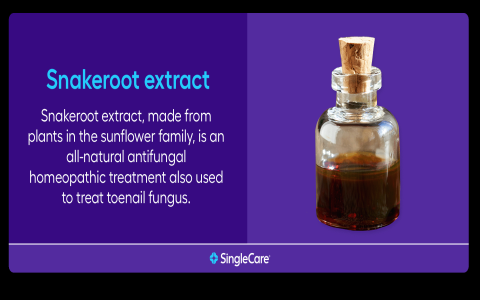Can Bleach Kill Nail Fungus?
Nail fungus, a common yet often frustrating condition, affects many individuals worldwide. It can lead to discomfort, unsightly nails, and even more severe health issues if left untreated. As people seek effective remedies, the question arises: can bleach kill nail fungus? This inquiry leads us to explore the properties of bleach, its effectiveness against fungal infections, and safer alternatives for treatment.

Bleach, primarily composed of sodium hypochlorite, is a powerful disinfectant known for its ability to kill bacteria and viruses. Its strong oxidizing properties make it a popular choice for cleaning and sanitizing surfaces. However, when it comes to treating nail fungus, the situation is more complex. While bleach may have antifungal properties, its application on the skin and nails can be risky. The skin around the nails is sensitive, and using bleach can lead to irritation, burns, or allergic reactions.
Many individuals have reported anecdotal success in using diluted bleach solutions to treat nail fungus. The idea is that the bleach can penetrate the nail and kill the fungus residing underneath. However, scientific evidence supporting this method is limited. Most dermatologists do not recommend bleach as a primary treatment for nail fungus due to the potential for skin damage and the lack of controlled studies demonstrating its efficacy.
Instead, there are several proven treatments available for nail fungus. Over-the-counter antifungal creams and ointments are widely used and can be effective for mild cases. These products typically contain ingredients like clotrimazole or terbinafine, which target the fungus directly without the harsh side effects associated with bleach. For more severe infections, prescription medications may be necessary. Oral antifungal drugs, such as itraconazole or fluconazole, can effectively eliminate the fungus from within the body.
In addition to topical and oral treatments, maintaining proper nail hygiene is crucial in preventing and managing nail fungus. Keeping nails clean and dry, trimming them regularly, and avoiding tight-fitting shoes can significantly reduce the risk of infection. Furthermore, using antifungal powders in shoes and socks can help keep the environment around the nails inhospitable to fungi.
Natural remedies have also gained popularity among those seeking alternative treatments. Tea tree oil, for instance, is known for its antifungal properties and can be applied directly to the affected nails. Similarly, vinegar soaks have been suggested as a home remedy, as the acidity may help inhibit fungal growth. While these methods may not be as scientifically validated as conventional treatments, they offer a gentler approach for those wary of harsher chemicals.
It is essential to approach the treatment of nail fungus with caution. While bleach may seem like a quick fix, the potential risks often outweigh the benefits. Consulting with a healthcare professional is advisable before attempting any treatment, especially if the infection is persistent or worsening. A dermatologist can provide a proper diagnosis and recommend the most effective treatment plan tailored to individual needs.
while bleach has some antifungal properties, it is not a recommended treatment for nail fungus due to the risks of skin irritation and lack of scientific support. Safer and more effective alternatives are available, including over-the-counter antifungal medications and natural remedies. By prioritizing nail hygiene and seeking professional advice, individuals can effectively combat nail fungus and restore their nail health.



